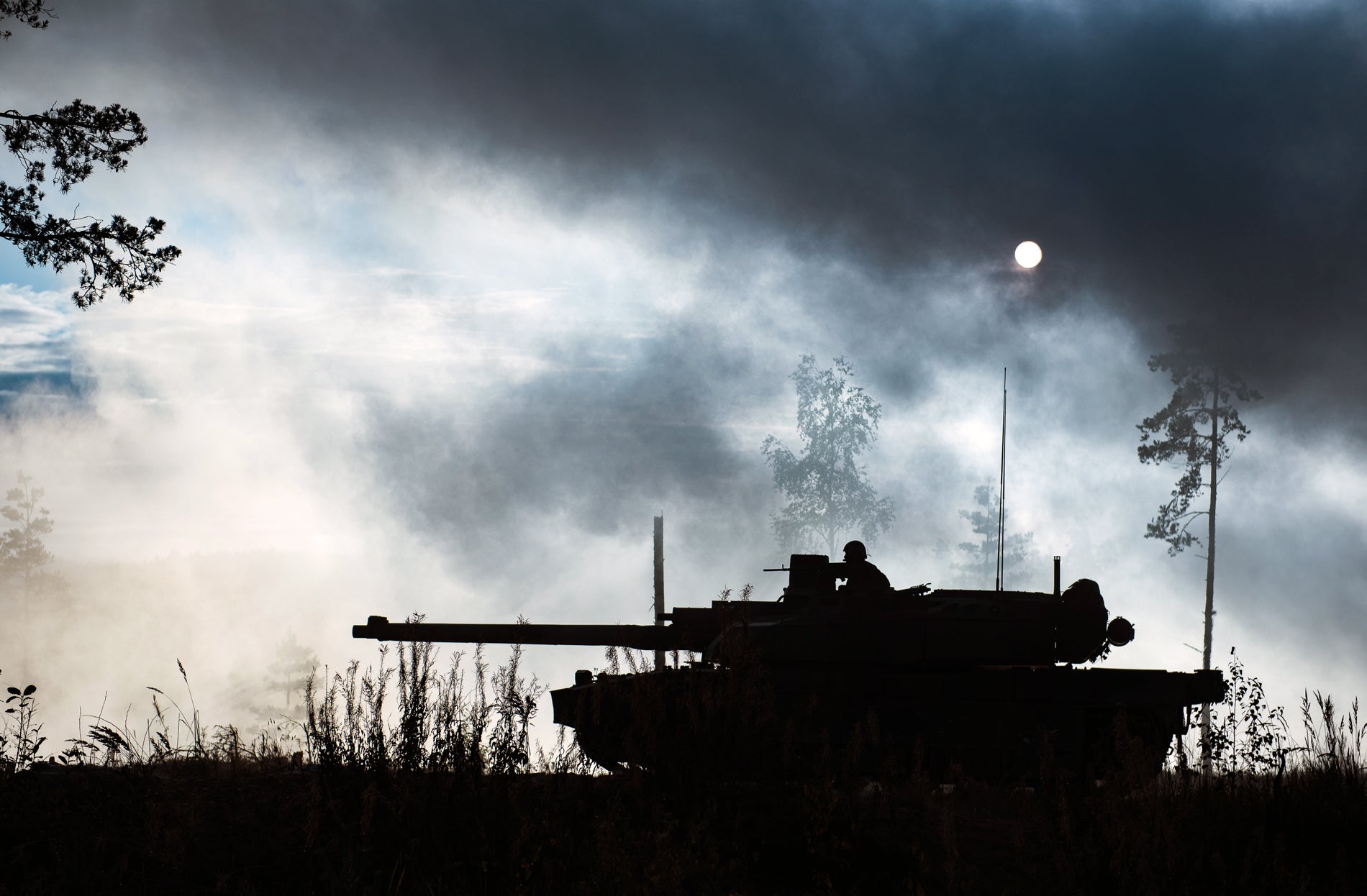
The French Ministry of Defence announced on 25 March 2024, that the Main Ground Combat System (MGCS) is ready to enter the next step of the program, Phase 1A, with an agreement between the French and German ministers of defence due to be signed on 26 April.
The next phase may herald participation by a range of new nations, with the UK already an observer of the programme.
The MGCS is intended to be an asset that delivers the capabilities of a main battle tank, incorporating uncrewed, autonomous, ground- and aerial-vehicles alongside a heavier crewed vehicle, all to function as a multi-platform team.
After its launch in 2017, the MGCS programme was approved for initial systems architecture study in May 2020, with the French and German governments collaborating to develop, by 2035, a main combat system to replace Germany’s Leopard 2 Main Battle Tank (MBT) and the French Army’s Leclerc. The UK became an observer of the project in early 2021, while the country’s Ministry of Defence considers options to replace the Challenger 2 capability.
The latest production milestone follows a meeting between German Federal Minister of Defense, Boris Pistorius and his French counterpart Sébastien Lecornu, on the fringes of a March 15 meeting in Berlin between the German and Polish heads of state, and the French President of the Republic.
The development and manufacture of the MGCS is being conducted jointly by German armour manufacturer Rheinmetall, and KNDS, itself a holding company for German arms producer KMW and French defence firm Nexter Systems. The MGCS programme agreement to be signed in April 2024 will set forth an equitably distributed industrial share between the manufacturers for each pillar of the programme, according to the French Ministry of Defence.
Frank Haun, CEO of KNDS, reportedly said in an April 2022 interview that the conclusion of system architecture studies carries the expectation of other countries joining the MGCS programme. Speaking with WirtshaftsWoche, Haun identified Italy, Poland Norway and the UK as urgently keen to participate.
The Institute of Saint-Louis (ISL), a French-German defence research centre that has been active in the MGCS concepts study, has identified a range of technologies that are envisioned entering service through the programme.
Among effectors, the ISL identified concepts for guided ammunition, increased muzzle velocity, and the use of energetic nano-materials in the terminal effects of projectiles. The potential inclusion of high energy laser sources as a directed energy weapon was also described as an example of the technological innovation that ISL brought to the project.
In the same vein, ISL also described technological expertise it had used in conjunction with the project coming from experience with passive and reactive armour against charge jets, long-rod penetrates and improvised explosive devices.
The French Ministry of Defence, went on to say that the Defence Ministers of France and Germany, pleased with the progress with MGCS, would be meeting with Spain in December to discuss the Future Air Combat Systems, a novel combination of crewed aircraft and uncrewed ‘loyal wingmen’ aerial vehicles.
The French Ministry of defence also said that KNDS will establish a subsidiary in Ukraine, to produce ammunition and spare parts for the maintenance of French and German systems used in Ukraine, in line with an agreement from a conference of the heads of state and government in support of Ukraine, held on 26 February in Paris.




